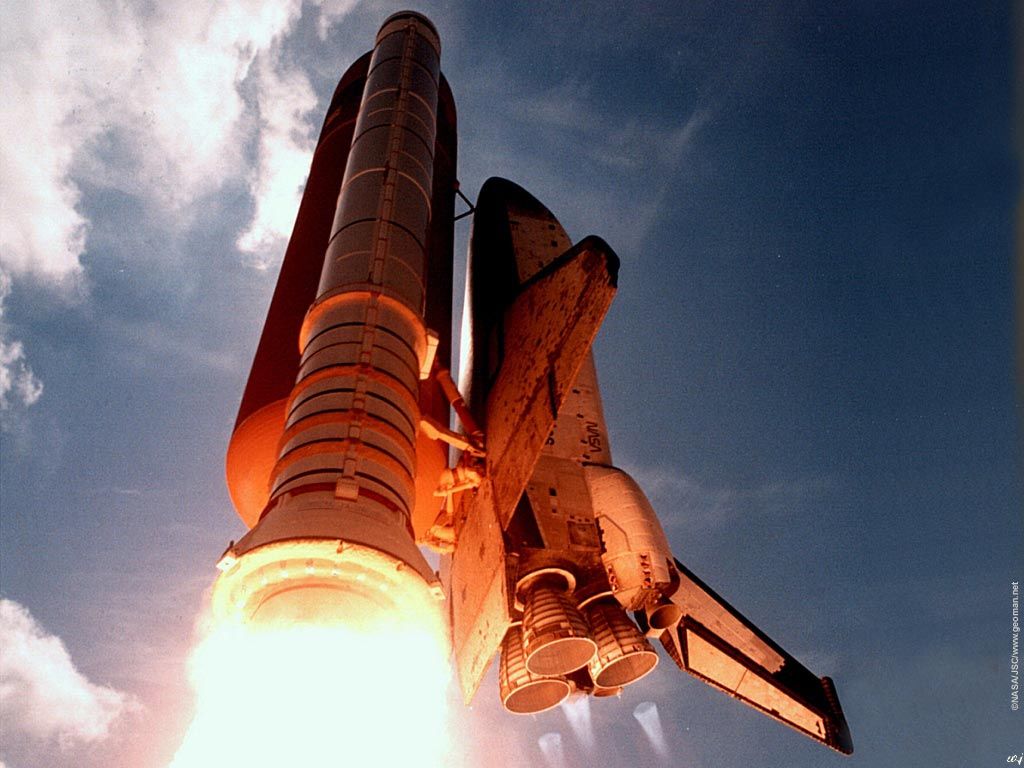
Teachers scrambled to get their kids out to recess. Challenger disappeared as white vapor bloomed from the external tank. (Credit: Bruce Weaver/AP Photo)īut 73 seconds after Challenger’s launch, that dream quickly became a nightmare. The space shuttle Challenger exploded 73 seconds after lift off. Kids nationwide would watch the launch live and know that no dream was beyond reach. As a civilian, she was PR catnip: infinitely relatable and proof that space was now truly open to average Americans, not just hot-shot fighter jocks. All around the country people were getting excited-in large part because the seven-person crew’s included Payload Specialist Christa McAuliffe, a schoolteacher and mother of two chosen to fly as part of NASA’s Teacher in Space program. The sun had been up for less than an hour and air temperatures were a few notches above freezing when the crew of STS-51L boarded the orbiter Challenger that Tuesday morning. The launch on January 28, 1986, was different. For many Americans, shuttle flights carried little of the bravado and romance of the Apollo era. Missions-to conduct research, repair satellites, and build the International Space Station-failed to ignite popular imaginations the way a moon landing had. Projected frequency: more than 50 flights a year.īut had space flight become…too routine? Even as the shuttle undertook fewer than one-tenth that many flights, excitement quickly waned. The government agency had debuted the space shuttle program five years earlier with an aggressive public-relations message that the reusable vehicles would make access to space both affordable and routine. "Dress rehearsal" of Apollo 11 landing.By January of 1986 America was already bored with spaceflight. Rocket crashed near pad after 1st stage engine failure.įirst test of lunar module in lunar orbit. Įngine failure in the first stage, rocket crashed 15 km from the pad.įirst crewed orbital test of lunar module Capsule was successfully recovered after successful launch abort.Īpogee was too high as the Agena rocket stage failed to switch off at a correct time. One of the RD-0210 engines in the second stage failed, resulting in automatic shutdown of the vehicle. Lander operated for 51 minutes in the atmosphere of Venus.įirst docking between two crewed spacecraft (with Soyuz 5)įirst docking between two crewed spacecraft (with Soyuz 4) Lander operated for 53 minutes in the atmosphere of Venus.

The Soviets, however, suffered severe blows to their crewed Lunar aspirations when their N1 rocket failed twice during two 1969 launches. In 1969, the Soviet Union's space program had success with the docking of two crewed spacecraft as well as the success of their Venus and Lunar probes.

The success of the Apollo program was a testament to the efforts of over 500,000 American engineers, scientists and technicians. There were four Apollo missions in total in 1969, three of which traveled to the Moon, with Apollo 12 also landing on the surface. Kennedy's 1962 challenge of, that "this nation should commit itself to achieving the goal, before this decade is out, of landing a man on the Moon and returning him safely to the Earth." Days later the crew of three returned safely to Earth, satisfying U.S. On 20 July 1969, the Apollo 11 Lunar Module, Eagle, landed on the Moon's surface with two astronauts aboard. 1969 saw humanity step onto another world for the first time.


 0 kommentar(er)
0 kommentar(er)
